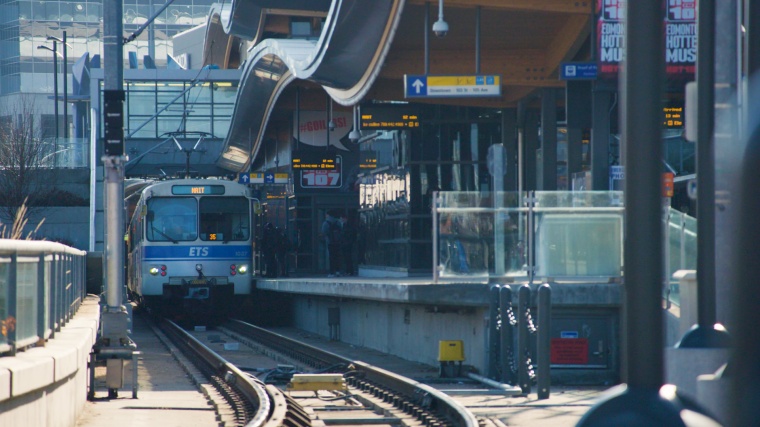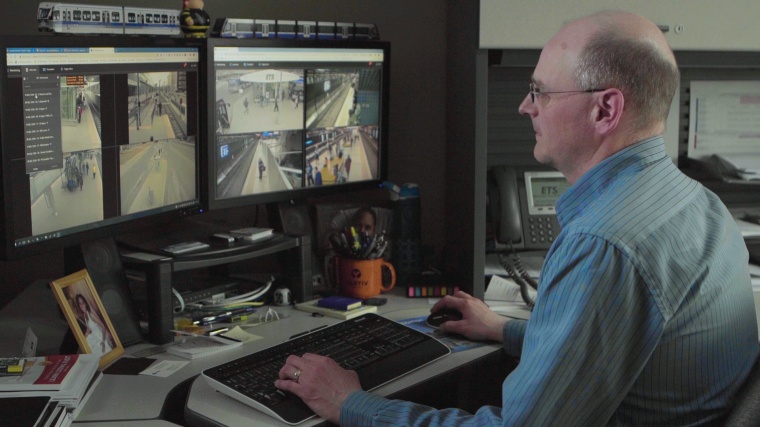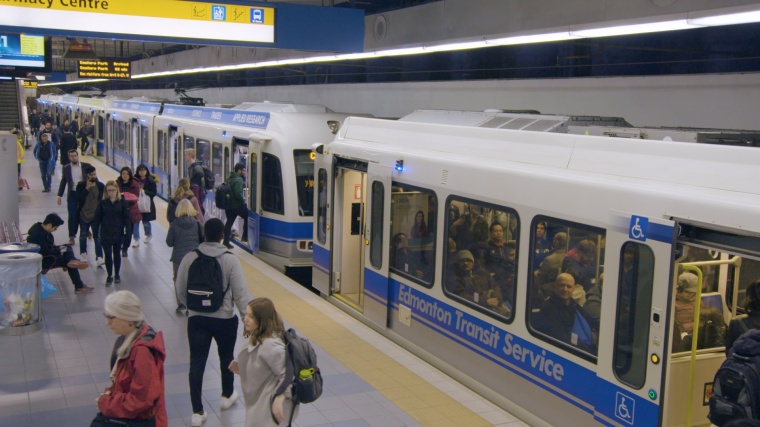Addressing the Growing Security Needs of Transportation Agencies



The number of people using public transportation systems around the world is increasing at an incredible rate. According to a report published by the International Association of Public Transport (UITP), mass transit carried 53 billion passengers in 2017, an increase of approximately 90 million passengers since 2012. But it wasn’t surprising.
Public transportation is essential for getting us to work, taking our kids to school, and bringing communities together. As a result, government departments at every level are dedicating large portions of their budgets to ensuring this critical infrastructure is safe, efficient, and effective.
Ensuring Transit Safety
Today, public transportation bodies are challenged with deploying greener technology and extending service to emerging neighborhoods. As they meet these challenges, they are ever mindful of providing environments that are both safe and accessible for passengers and personnel. When it comes to creating safe environments, deploying a flexible physical security system is essential. Transit organizations must be able to extend security operations as they add new routes and connect with new technology as it becomes available.
The Edmonton Transit Service (ETS) in Edmonton, Alberta, is a great example of how a public transportation organization can continue to meet the needs of its growing community. ETS serves a population of almost one million people living in an urban area that covers more than 220 square miles. They provide eighty million rides each year on their buses, paratransit, and Light Rail Transit (LRT) system, which includes eighteen stations.
Centralized Via IP
The analog video surveillance system that ETS initially deployed had a number of limitations. One major problem was that security personnel could only pull video feeds locally at a given station. This meant that viewing footage from multiple points required performing the time-consuming tasks of burning, sending, and collecting DVDs. Another limitation of the analog system was that it was proprietary in nature, which meant that integrating new technology was difficult. As a result, ETS was unable to replace aging and failing hardware or expand the system beyond its existing capabilities to address emerging security needs.
In 2008, ETS switched from an analog to an IP-based security system. This has allowed them to maintain a centralized video management system even as new routes and vehicles are added. It has also enabled them to connect increasingly sophisticated edge devices, including Axis cameras and Eizo IP decoding monitors.
Saving Resources
ETS decided to upgrade their security system by selecting Omnicast, the video management solution from Genetec. Now, ETS is able to expand their security system to meet future challenges. As part of the Security Center open platform, Omnicast makes it easy to add new technology.
Recently, ETS had a problem with aging and failing monitors used to display video feeds in the control room and public areas. The solution involved connecting new Eizo monitors directly into the Security Center platform through a plug-in that ETS developed with the manufacturer and Genetec. With the new IP-based VMS solution, ETS personnel can log on to the system and check the status of integrated hardware without having to go out and inspect the equipment in person. The result is a centralized video surveillance system with approximately 1,100 cameras, including several generations of analog cameras and cutting-edge Axis devices. This new solution allows security personnel in the ETS control room to effectively manage every aspect of the city’s public transit system.
Business Partner
Genetec2280 Alfred-Nobel Blvd.
H4S 2A4 Montreal
Canada
most read

Integrated and Futureproof: Traka’s Next Chapter
Interview with Stefni Oliver on Traka’s Vision for the Future

Security management, building security & perimeter protection: the winners of category E at the GIT SECURITY AWARD 2026
GIT SECURITY AWARD 2026: Security management, building security & perimeter protection - an overview of the most innovative solutions

Machine & plant safety: The winners of category A at the GIT SECURITY AWARD 2026
GIT SECURITY AWARD 2026: Machine & plant safety - an overview of the most innovative solutions










